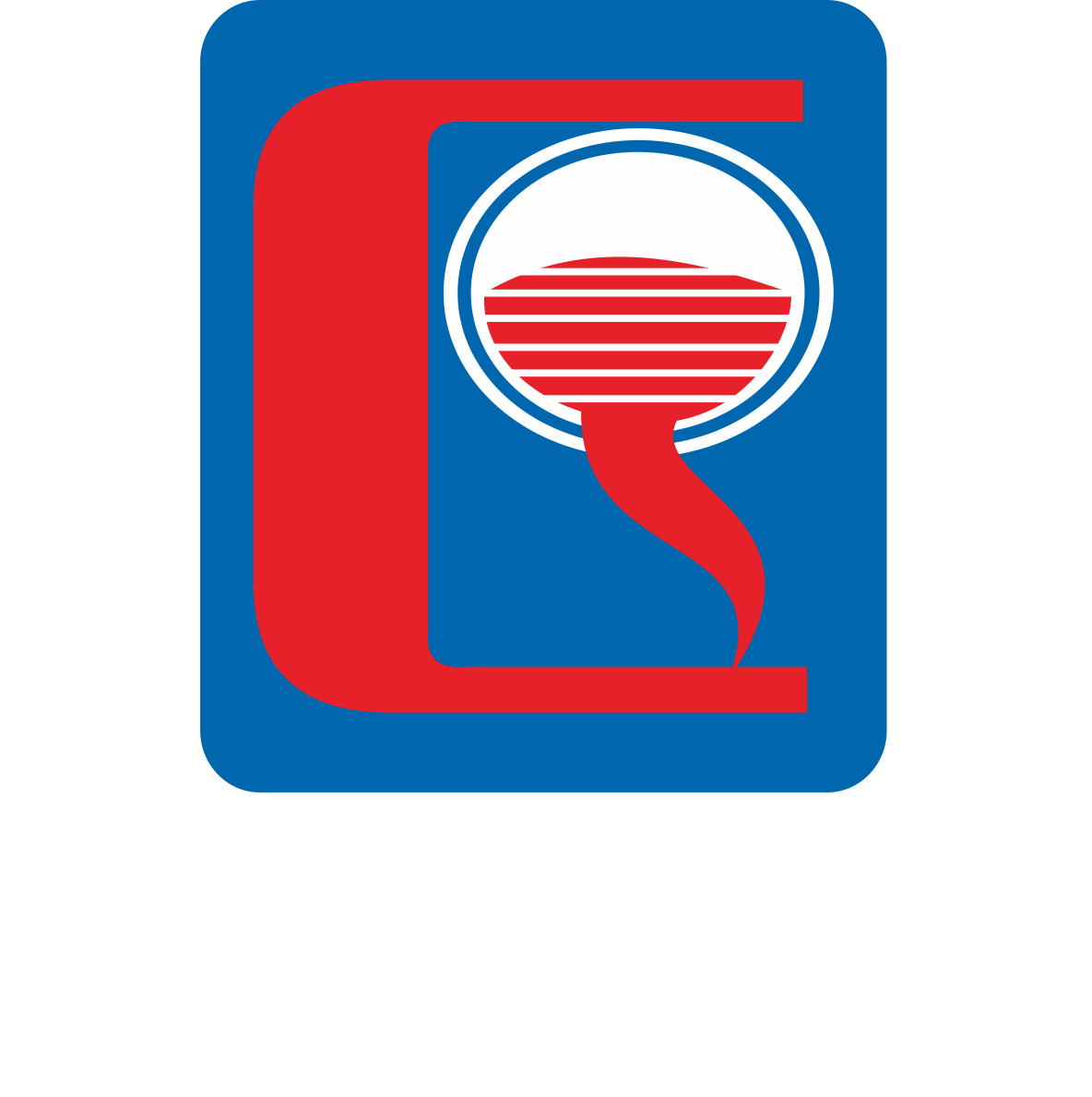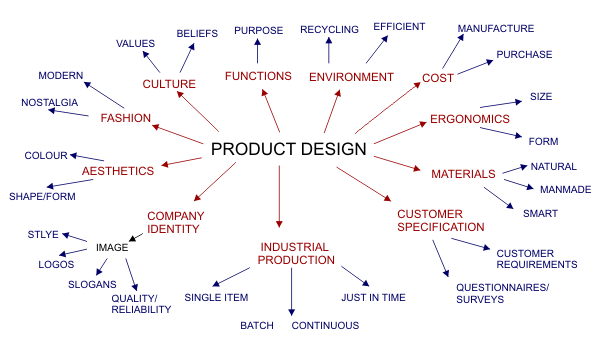Product Analysis is the process of identifying, looking at or disassembling a product and identifying its main features. The aim is to understand more about a product and improve it in the future. Many factors influence the development of a product, some are listed below.
Product Design of casting products
The rich picture above gives an outline to some of the many factors that affect the development of a product. Below is more detail regarding each of the points mentioned above.
COST
The cost of the materials and labour required to manufacture the product.
The price potential customers are prepared to pay for the product.
ERGONOMICS
The product may be designed for human use. As a result ergonomics (sizes etc…) will pay a major role.
MATERIALS
The availability of materials and the development of new, hi-technology materials will have an influence on the final design of a product.
CUSTOMER REQUIREMENTS
The customer will have great influence over the way a product is designed and develops. As a product is designed it is normal for potential customers to be questioned about the type of product or design that they prefer. For example, when designing a mobile phone a design team will show potential customers several designs and make changes according to their likes and dislikes.
INDUSTRIAL PRODUCTION
All products are manufactured through one of the following manufacturing techniques:
Single Item / Prototype / One Off
Batch Production
Continuous Production
Just in Time
When designing a product the most desirable production technique may influence the way the final product looks.
COMPANY IDENTITY
The product may have to display the company image. Most companies are proud of their public image. This may determine the colour scheme applied to the product, the way it looks or even the materials that are used in its manufacture (i.e. recycled materials).
AESTHETICS
The shape and form of the product may determine the layout of circuits or mechanisms etc.. inside it. Products are often designed to look stylish. The style applied to the outside of a product can quite easily influence the technology inside it. Aesthetics can also alter the production / manufacturing techniques through which it is made.
FASHION
The fashion of the time influences the design of products. Usually people want to buy up to date items not ones based on ‘last years look’.
CULTURE
Some products are aimed at different cultures and countries. A product acceptable in one culture may be looked up one as offensive or less desirable in another. The use of colours and colour schemes are a good example of this.
FUNCTIONS
The number of functions a product has to perform will inevitably affect its design. Exactly what is the product going to do?
ENVIRONMENT
Many people (potential customers) are concerned about their environment and the damage to it caused by industrial production. When designing a product it may be wise to ensure that the materials can be recycled or the product itself can be manufactured from a large proportion of recycled material.

